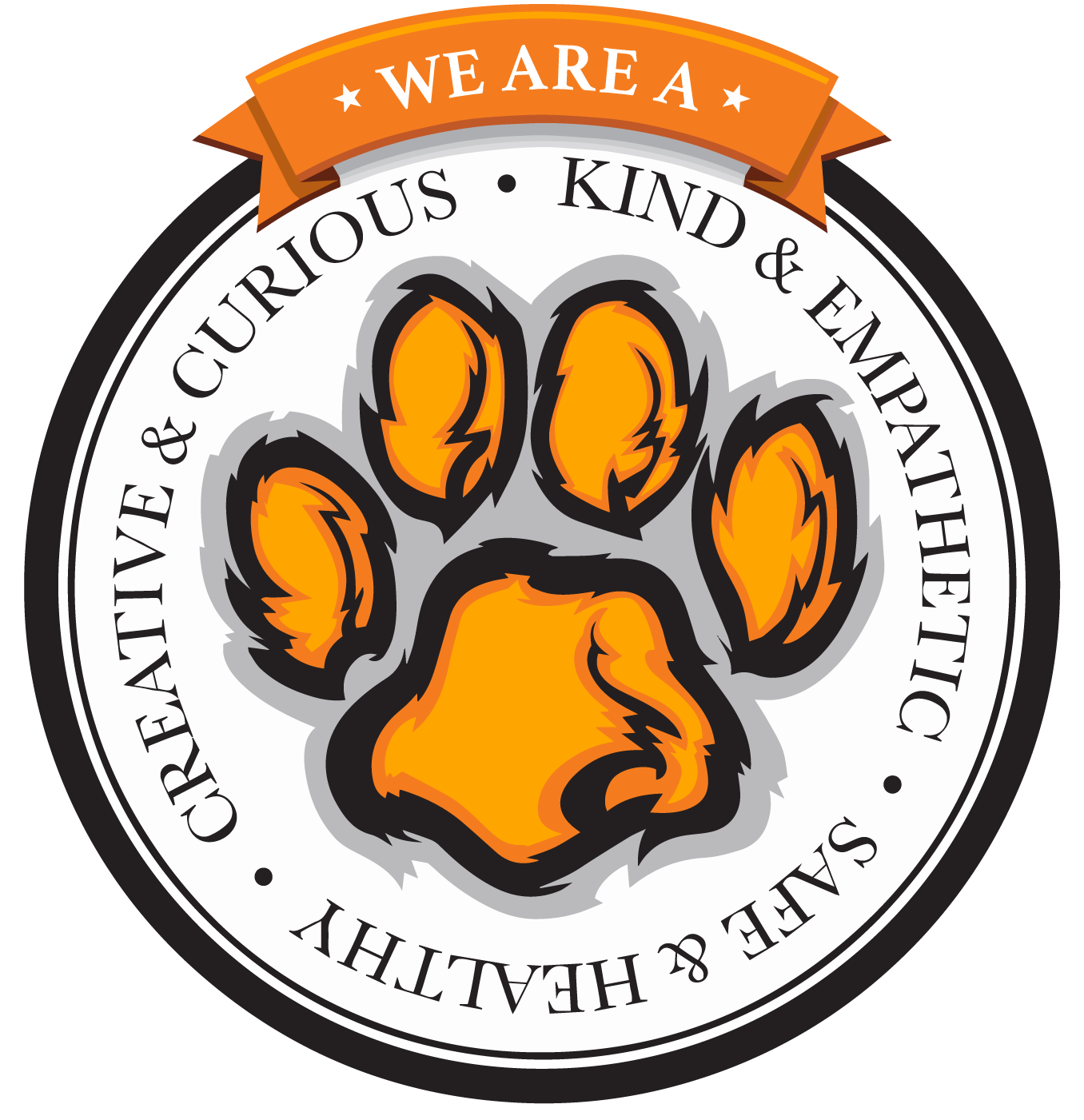Technology is a critical ingredient in our overall vision for education in the district and an understanding of modern technology is essential to developing 21st-century learning skills, a central component of our mission.
Technology supports 21st-century learning in a number of ways:
1. Promotes critical thinking by providing a framework for students to gather, synthesize, and share their learning
2. Enables frequent and meaningful collaboration among students and teachers
3. Provides an opportunity to develop skills with modern communication and research tools
4. Supports the learning of all students by providing resources that offer flexibility to match student needs within the framework of Universal Design for Learning (UDL).
At the Green Meadow School, Technology is introduced to students in age-appropriate ways. Our youngest students have minimal screen time but are introduced to computers and how they work. As students proceed through the grades and on to Fowler and Maynard High School, more digital tools are introduced and students learn about the responsible and safe use of technology.
Overview of Resources
Gigabit Internet connection feeding the schools
53 802.11ax Extreme/Aerohive Access Points
22 charging carts with Chromebooks at 1 per student at Green Meadow, 1 to 1 Chromebook program at Fowler and Maynard High School
A mix of legacy Smartboards, Epson interactive projectors, and Cleartouch interactive panels
A digital literacy and computer science (DLCS) classroom with dedicated student devices and an interactive panel
Google platform for e-mail, document sharing, learning management
A variety of digital curricular tools in all subject areas
Trends in usage:
Emphasis is placed on uses of technology that are integrated with regular classroom instruction and that build on the DLCS learning that students gain in the dedicated classroom. This includes the common use of a learning management system (Google Classroom or Seesaw) to distribute and collect student work as well as digital tools that increase student engagement in the classroom.
In addition, technology is supporting communication, collaboration, and critical thinking among students by empowering students to take more responsibility for their learning. Consistent with this effort, the district has invested in interactive display technology that allows students and teachers to interact with the display throughout the classroom and to manipulate content directly on the board itself.
